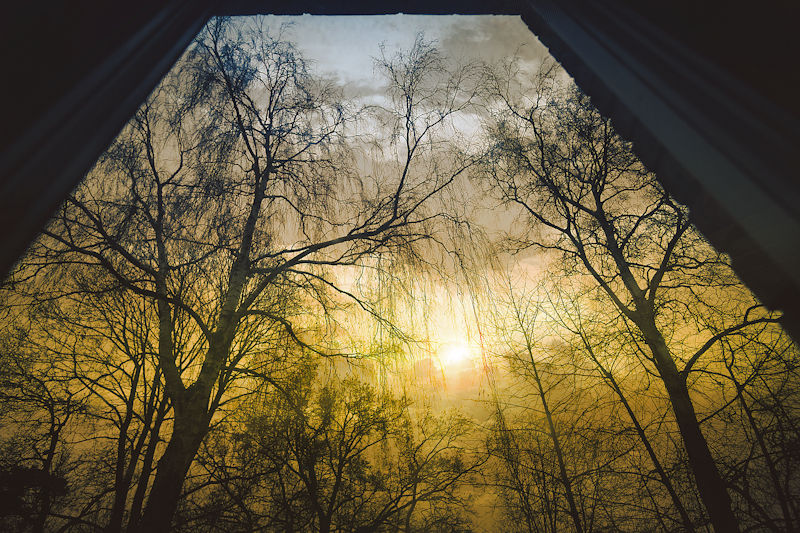We may earn money or products from the companies mentioned in this post.
In this post, we’ll focus specifically on low-light photography, which can be tricky for even the most experienced photographers. Low-light environments, such as dimly lit rooms, night scenes, or indoor events, can present unique challenges such as camera shake, noise, and lack of detail. However, with the right approach, you can capture stunning images that truly capture the mood and atmosphere of the scene.
We’ll explore techniques for capturing great photos in low light, including how to properly set your camera’s ISO, shutter speed, and aperture and how to use additional equipment such as tripods, flash, and light modifiers. We’ll also discuss how to compose your shots and how to post-process your images to bring out the best in them.
Whether a beginner or an experienced photographer, this guide will provide the knowledge and tools you need to take beautiful, high-quality photos in low-light conditions. Let’s get going if you are ready to step into low-light photography!
Understanding Camera Settings
- ISO setting is one of the most important settings to pay attention to because it controls the sensitivity of your camera’s sensor to light. In low-light situations, you’ll want to use a higher ISO to allow more light into the camera. However, as you increase the ISO, you also increase the amount of noise (or grain) in your images. It’s crucial to find a balance between a high enough ISO to let in enough light and a low enough ISO to keep noise to a minimum. It would be best to keep the ISO as low as possible while allowing proper exposure.
- Shutter speed is another essential setting when shooting in low light. A slower shutter speed allows more light into the camera but also increases the chance of the camera shaking, resulting in blurry images. You can easily overcome this by using a tripod or other stabilizing device to keep your camera steady. Another option is to increase your camera’s flash if it has one built-in or uses an external flash with a diffuser or a softbox to help light up the scene.
- The aperture, or the size of the lens opening, also plays a role in low-light photography. A wider aperture (smaller f-stop number) allows more light into the camera, creating a shallower depth of field, which can help isolate your subject from the background. However, when shooting in low light, you may need to use a smaller aperture (a larger f-stop number) to keep your shutter speed and ISO settings in check.
Tools and Techniques
- Tripods and Stabilizing Devices – One of the most effective tools for low-light photography is a tripod or other stabilizing device. These are essential for keeping your camera steady and reducing blur, which can be a significant problem when shooting in low-light conditions. A good tripod should have a sturdy build, adjustable legs, and a ball head or pan-tilt head for easy adjustments. If you don’t have a tripod, you can use other stabilizing devices such as a bean bag, a Gorilla Pod, or even a stack of books to keep your camera steady.
- Light Modifiers – In addition to a tripod, you can use other tools and techniques to control the light in a scene and bring out details in the shadows. If you want to shape and control the light and add fill light to areas of the scene which are too dark, use reflectors and diffusers. (Reflectors are great for bouncing light back into the background and can be used to fill in shadows. Diffusers soften harsh light and create a more natural look.)
- Flash – You can use a flash to illuminate a scene and reduce noise. A built-in flash is fine for most situations, but an external flash is a better option for more control over the light. It allows you to adjust the power and direction of the flash, which can be especially useful when working in low-light conditions. An external flash can also be used with a diffuser or a softbox to create a more natural-looking light.
- Post-Processing – Finally, post-processing tools like Adobe Lightroom can fine-tune your images and bring out the best in them. With post-processing, you can adjust the brightness, contrast, color balance, and other settings to make your pictures look their best.
It’s important to note that using these tools and techniques depends on the type of low-light photography you’re doing and your equipment. It’s good to experiment and try different methods to see what works best for you and the scene you’re trying to capture.
Product Recommendations

